1. The role of exercise for people with adenoiditis
Symptom relief:
- Reduce swelling and pain: Exercise helps people with adenoiditis release endorphins, a hormone that has natural pain-relieving effects, improves blood circulation, and helps reduce swelling and inflammation.
- Strengthen the immune system: When exercising, the body will produce more white blood cells, helping to fight infection.
- Improve sleep quality: Exercise helps people sleep better, which can help improve the symptoms of adenoiditis.
Prevention of recurrence:
- Boost your health: Exercise helps boost your immune system, which can help reduce your risk of adenoiditis and other infections.
- Reduce stress: Stress can weaken your immune system and make you more susceptible to infections. Exercise is an effective way to reduce stress.
Like exercise, massage is effective in reducing stress, anxiety, and improving mood.
In addition, massage also has the effect of reducing pain, strengthening the immune system, improving sleep quality. Massage can help improve blood circulation to the throat and adenoids, helping to bring oxygen and nutrients to affected tissues and support the recovery process.
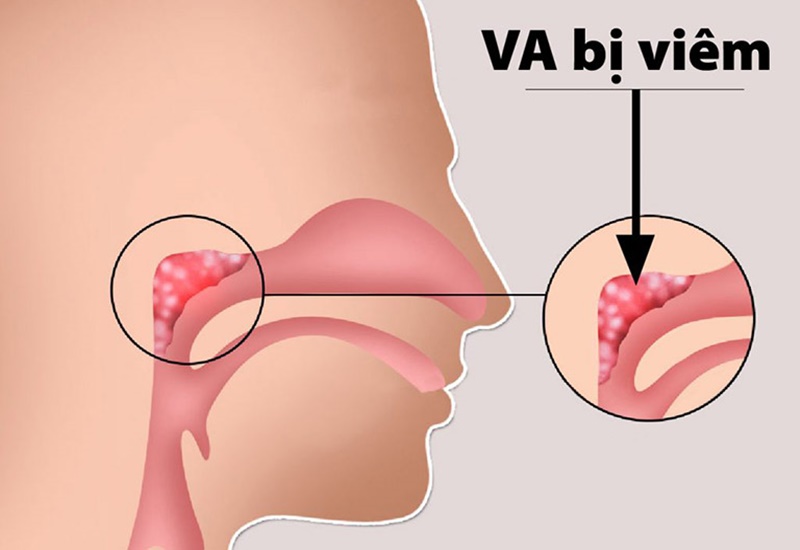
2. Good exercise for sick people
- Health care
+ Rub nose
Posture: Sit in lotus or cross-legged, keeping your back straight.
How to do:
- Use your index and middle fingers to rub the bridge of your nose from bottom to top and from top to bottom; inhale and exhale strongly at the same time, 5-10 times.
- Place your index finger on the junction between the bone and cartilage on the bridge of the nose and massage 10 times.
- Press the Yingxiang point 10 times. Use the index finger (the length of the index finger) on one side to rub the base of the other nostril 10 times. Bend and stroke the tip of the nose back and forth 5-10 times.
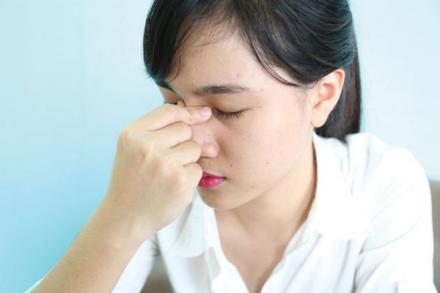
People with adenoiditis can rub their nose to help reduce congestion.
+ Neck massage
Posture: Sitting in lotus or cross-legged.
How to do:
- Tilt your head back and look up at the sky, one hand spread out, thumb on one side, four fingers on the other side.
- Use both hands to alternately rub from under the chin to above the sternum 10-20 times.
- Press the Thien Dot point 10 - 20 times.
- Yoga
+ Bow pose
How to do:
- Lie on your stomach with your arms by your sides, palms facing up.
- Bend your knees and hold your ankles with your hands.
- Press your pubic bone down, pulling your lower belly in and up.
- On an inhale, clasp your ankles in your hands, lift your chest and thighs, and slide your shoulder blades down and back to open your chest.
- Hold for a few breaths, inhaling through your chest and ribs. As you exhale, release your ankles and gently roll onto your belly for a few breaths.
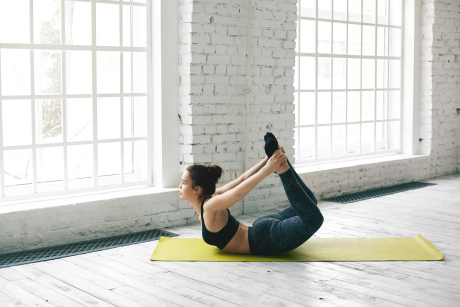
+ Bridge pose
How to do:
- Lie on your back with your knees bent and feet flat on the floor, comfortably apart from your hips. Place your arms along your sides next to your ribs.
- You can bend your elbows 90 degrees so your fingers point toward the ceiling or hold onto the outer edges of the mat.
- As you inhale, press your back, shoulders and legs into the floor, lifting your hips. Actively press the inside edges of your feet down, keeping your knees from widening.
- You can clasp your hands under your back. Hold for 5 – 15 breaths.
- To come out of the pose, release your hands and, as you exhale, roll your spine down.
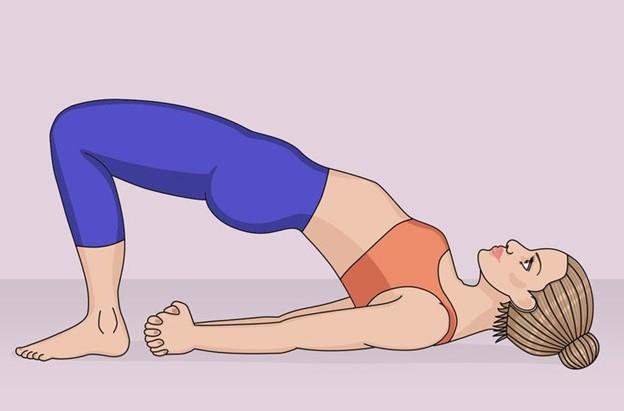
+ Camel pose
How to do:
- Kneel on your knees, hip-width apart, then lift your toes up.
- Lean back, bring your hands to your heels, lift your chest, squeeze your inner thighs and hold for a few breaths.
- Inhale to lift yourself back up, then sit back on your heels with your spine straight in the middle for a moment.
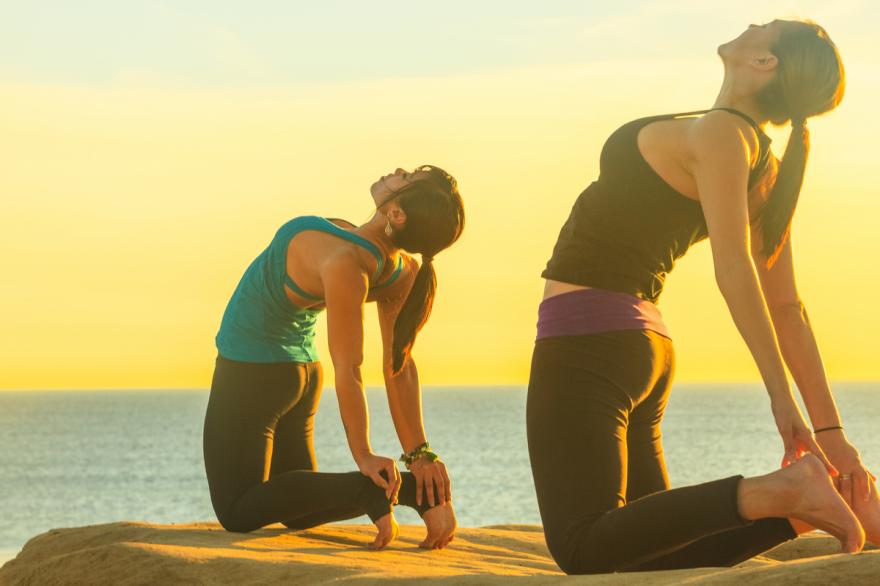
+ Legs against the wall position
How to do:
- Place a soft blanket or yoga mat on the floor, next to the wall and use a small pillow to prop your head up if necessary.
- Lie on your back with your buttocks close to a wall. It is best to keep your tailbone on the floor and your buttocks as close to the wall as possible.
- Keeping your back and head straight and perpendicular to the wall, raise your legs, lean against the wall, feet parallel to the floor, and relax your knees. At this point, you will feel your legs stretch.
- Slowly breathe deeply, relax for 2-3 minutes or maintain this position longer if you have adapted.
- Once you have completed your goal, slowly release your legs up the wall position. Then carefully and gently move into a sitting position, holding for at least 30 seconds.
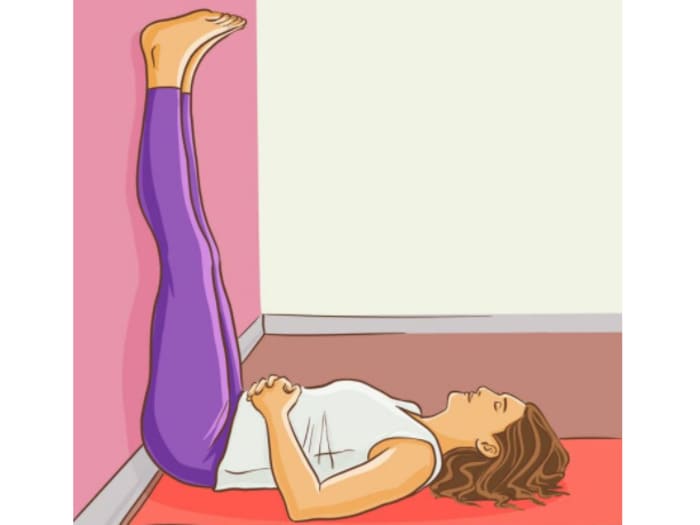
Legs up the wall position.
- Other physical activities
Patients with adenoiditis can practice some of the following physical activities:
- Walk
- Swimming
- Cycling
- Tai Chi
3. Some exercises suitable for children with adenoiditis
Children with adenoiditis should choose gentle exercises to avoid stressing the respiratory system. Here are some suitable exercises for children:
- Walk in the park or around the house
- Simple stretching exercises such as toe touches, arm stretches, and body rotations
- Gentle skipping rope
- Inhale deeply through your nose and exhale slowly through your mouth, this can be done while standing or sitting.
- Use a yoga ball to perform movements such as sitting on the ball and rolling gently...
4. Notes when practicing
Best time of day to exercise
You should exercise early in the morning to help your body produce endorphins, which improve your mood, reduce stress and fatigue so that you can start a new day with a refreshed and energetic spirit. You should not exercise too close to bedtime because it can cause difficulty sleeping.
Do not exercise when you are tired, hungry or after a full meal.
- Concentration and muscle strength can decrease when the body is tired. If you exercise in this state, the risk of injury increases and the benefits of the exercise are not maximized.
- People who exercise on an empty stomach may have energy problems. This can reduce performance and cause fatigue quickly.
- After eating, blood is concentrated in the stomach and intestines, helping the digestion of food. Exercising right after a full meal can cause stomach cramps, causing discomfort or nausea.
Exercise is best done at least 1-2 hours after a meal. Make sure your body is in good energy condition. If you feel tired or hungry, take a break and consider exercising after your body has recovered and is adequately fueled.
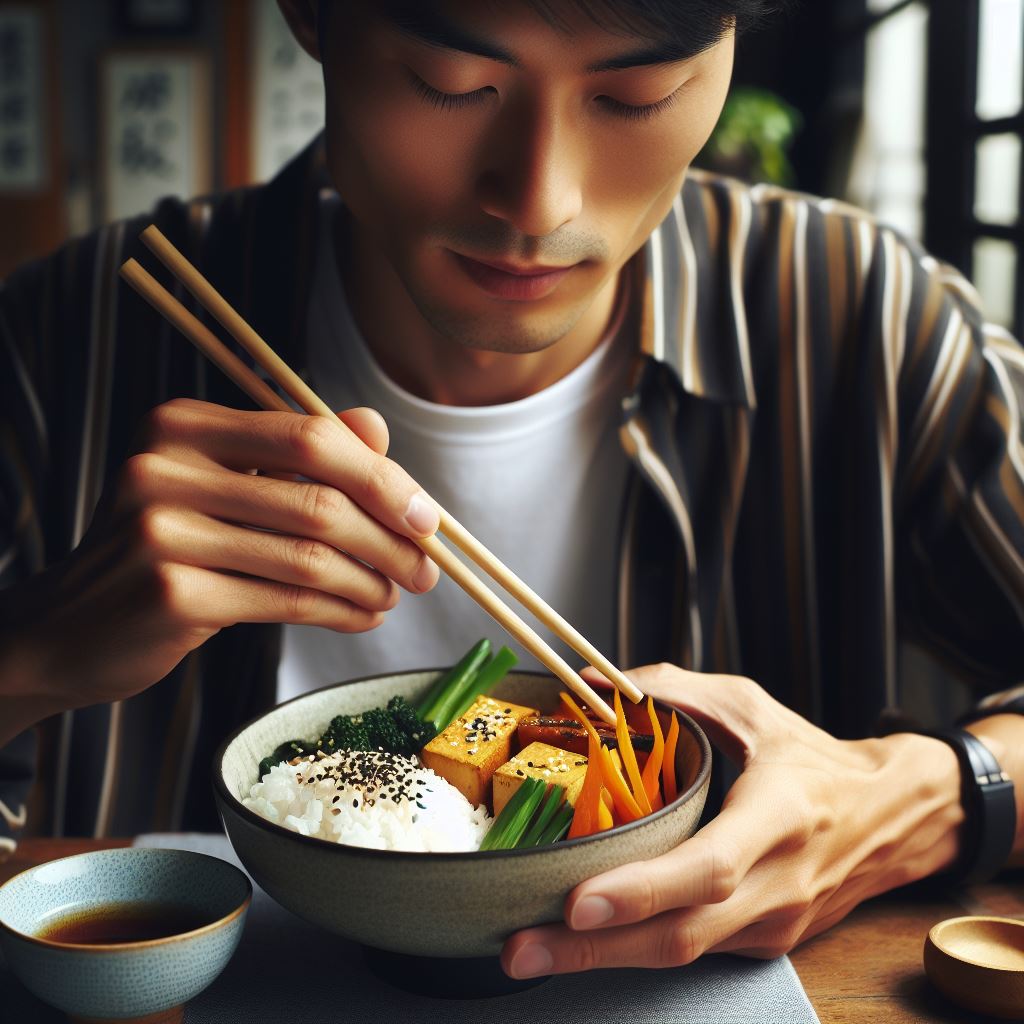
People with adenoids should not do exercises after a full meal.
How to exercise without harming your health
- You need to choose activities that are suitable for your health and abilities.
- Warm up thoroughly before exercising, always start slowly, practice at low intensity and gradually increase over time. Yoga movements should be practiced under the guidance of an experienced teacher to ensure safety.
- Stop exercising immediately if you feel pain or discomfort.
- Drink enough water before, during and after exercise.
- Avoid exercising in extremely hot or cold weather conditions.
- For children, it is necessary to create a fun, comfortable environment for them to enjoy participating in training, clearly instruct them with simple language and illustrations if possible, and closely monitor the training process to ensure safety and effectiveness.
- Exercise must always go hand in hand with a reasonable diet and lifestyle as directed by your doctor.
5. Good massage for sick people
There are many different ways to massage people with adenoiditis. Below are some simple massage techniques that patients can apply:
- Massage around the nose: Place your index and middle fingers on both sides of your nose, gently move your fingers in small circular motions, from bottom to top, from the sides of your nose up to the forehead between your eyebrows.
- Frontal sinus massage: Place your index and middle fingers on the forehead just above the eyebrows, massaging from the middle of the forehead to the temples.
- Chest massage: Place your hands on your chest and gently rub clockwise while breathing deeply.
- Press or massage the points Yingxiang, Ty Thong, Toan Truc, Taiyang, Yifeng, Fengchi, and Hegu.
Note
- Massage should be done when the patient has eaten and rested sufficiently.
- Make sure the massage room is warm, quiet and comfortable
- Use natural and hypoallergenic massage oils
- Start with gentle movements and gradually increase pressure over time.
- Avoid massaging areas of skin that are bruised, swollen or have open wounds...
MSc. Dr. Pham Duc Thang. MSc. Dr. Le Thanh Hang
Source: https://giadinh.suckhoedoisong.vn/bai-tap-tang-toc-do-phuc-hoi-cho-nguoi-benh-viem-va-172240627123450888.htm


![[Photo] Journalists moved to tears at the Memorial Service for the soldiers who died in Gac Ma](https://vphoto.vietnam.vn/thumb/1200x675/vietnam/resource/IMAGE/2025/5/30/9454613a55c54c16bf8c0efa51883456)
![[Photo] General Secretary To Lam receives Chief of the Central Office of the Lao People's Revolutionary Party](https://vphoto.vietnam.vn/thumb/1200x675/vietnam/resource/IMAGE/2025/5/30/140435f4b39d4599a3d17975dfb444c5)

![[Photo] National Conference "100 years of Vietnamese Revolutionary Press accompanying the glorious cause of the Party and the nation"](https://vphoto.vietnam.vn/thumb/1200x675/vietnam/resource/IMAGE/2025/5/30/1cf6cd5c8a934ebfa347028dcb08358c)

![[Photo] A delegation of 100 journalists from the Vietnam Journalists Association visits the soldiers and people of Truong Sa island district.](https://vphoto.vietnam.vn/thumb/1200x675/vietnam/resource/IMAGE/2025/5/30/0984a986227d4e988177f560d2e1563e)








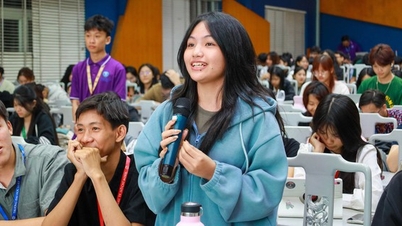






![[Video] Vietnam strives to master the technology to produce 15 types of vaccines by 2030](https://vphoto.vietnam.vn/thumb/402x226/vietnam/resource/IMAGE/2025/5/30/9b660538f5aa46daaff8b19dc9ca8204)








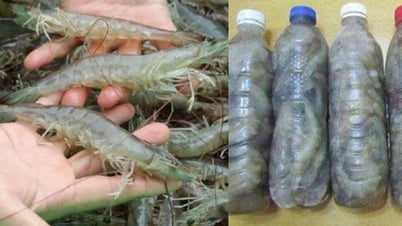


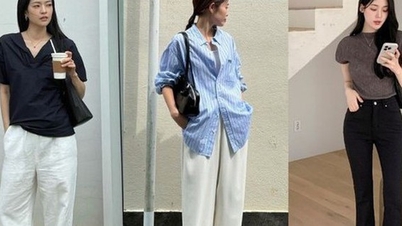










































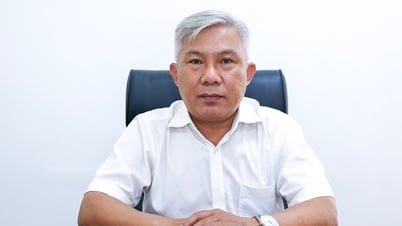



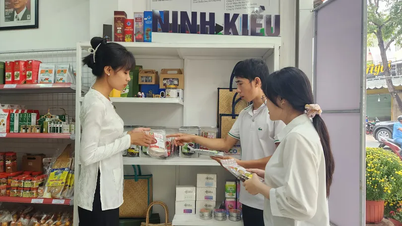

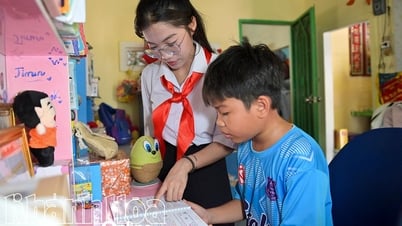













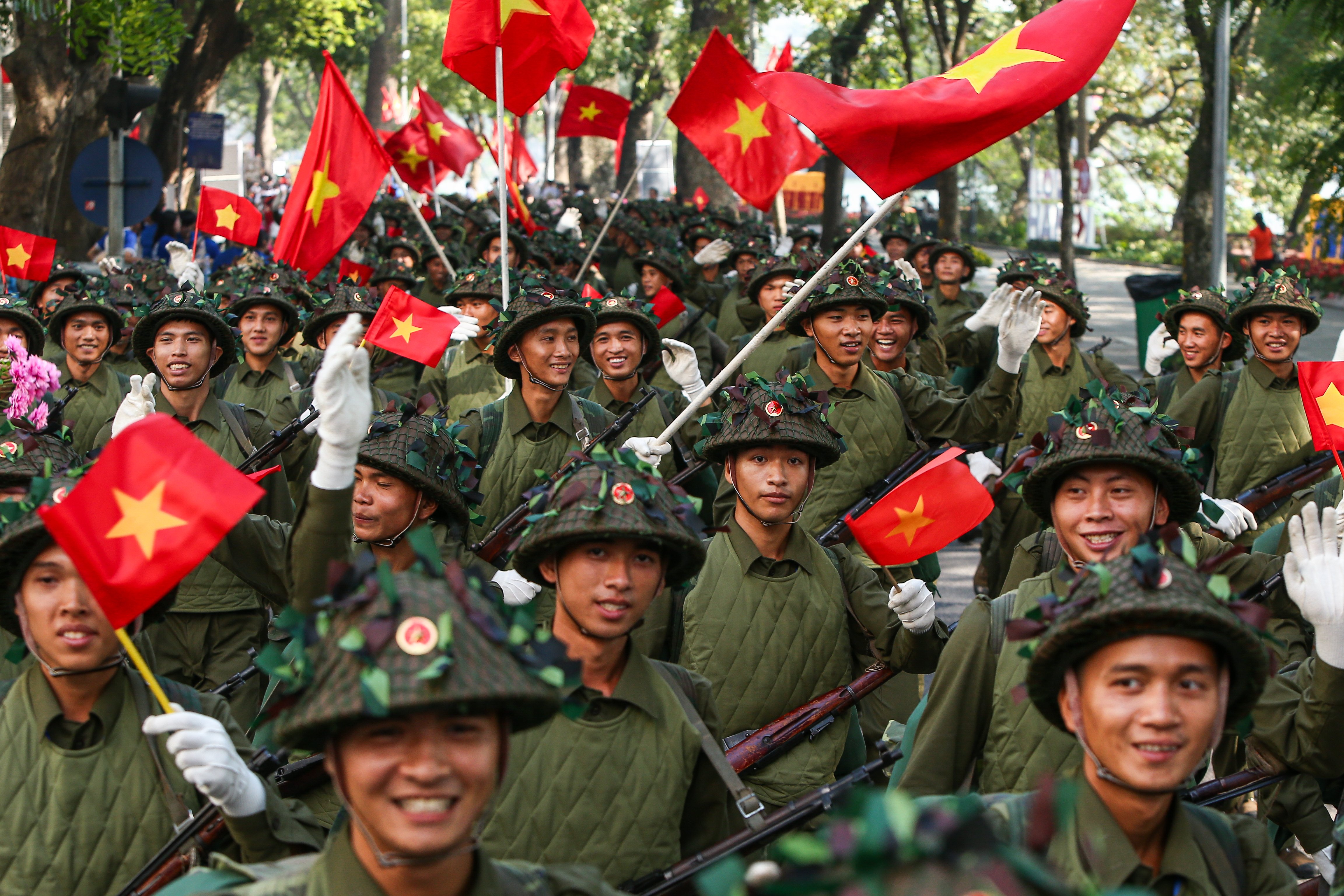



Comment (0)